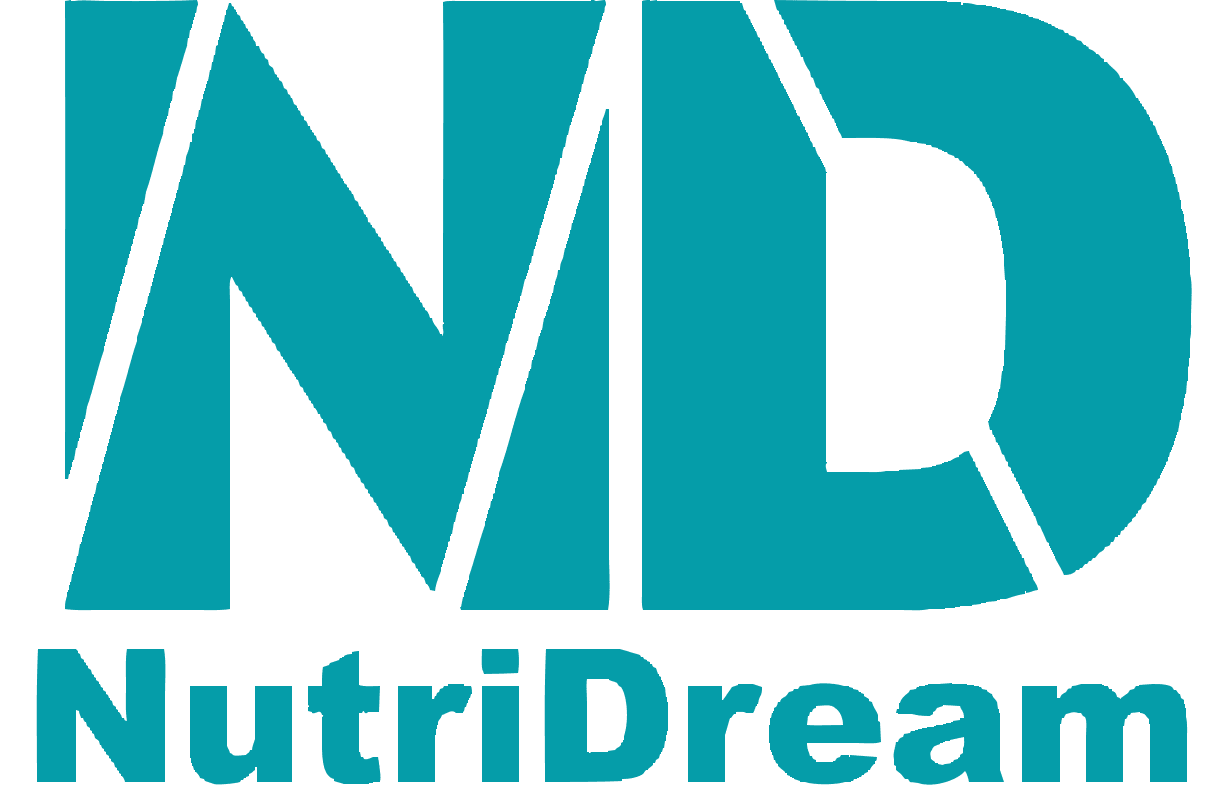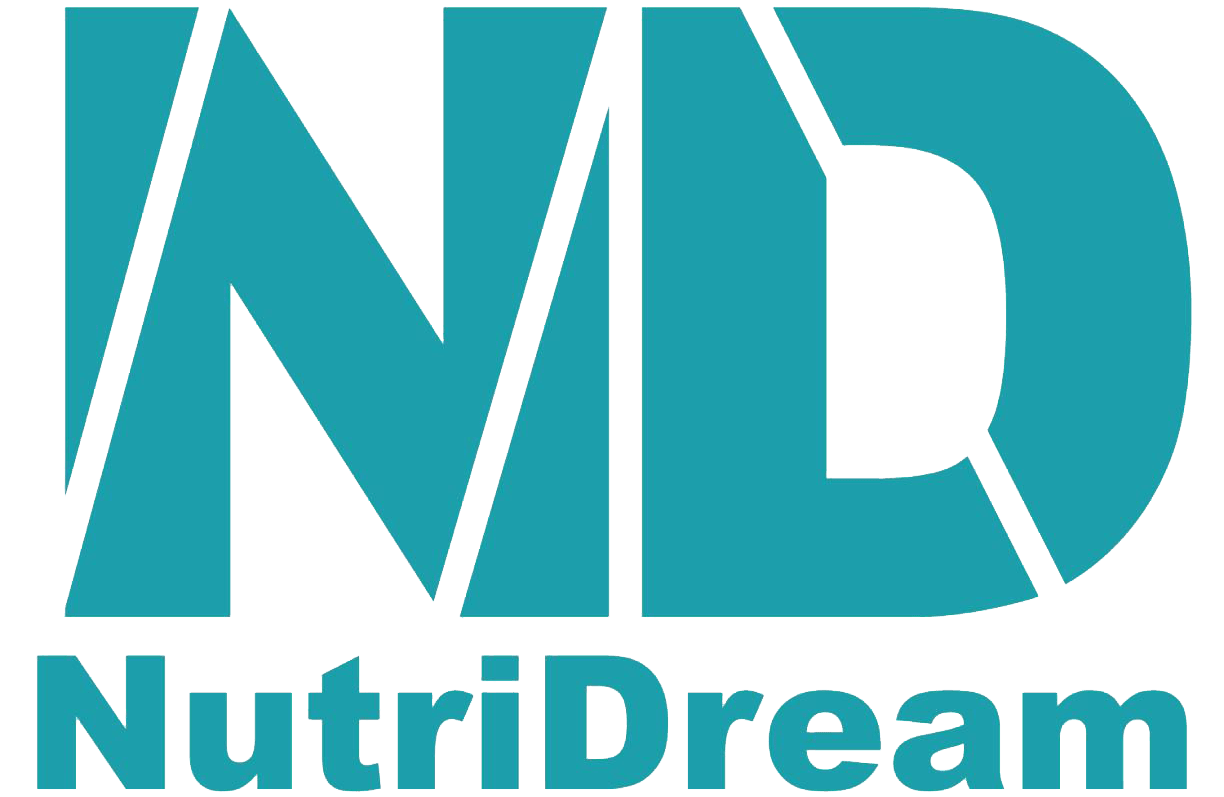
Iron deficiency anemia - a problem that affects many women
Anemia is a condition in which the number of red blood cells or the hemoglobin concentration within them is lower than normal. Anemia occurs when the body does not have enough hemoglobin to transport oxygen to the organs and tissues. This condition often occurs in women and children.
Iron deficiency anemia is the most common type of anemia that occurs when the body does not have enough iron. Iron is one of the most important minerals for our body. It is necessary for several important functions, including transporting oxygen, producing energy, and strengthening the immune system.
Why does iron deficiency anemia affect women and how can it be prevented?
Statistics and the symptoms
Anemia is estimated to affect half a billion women 15–49 years of age worldwide. In 2019, 30% (539 million) of non-pregnant women and 37% (32 million) of pregnant women aged 15–49 years were affected by anemia.
Common symptoms of anemia include:
- tiredness
- dizziness or feeling light-headed
- cold hands and feet
- headache
- shortness of breath, especially upon exertion
Severe anemia can cause more serious symptoms including:
- pale mucous membranes (in the mouth, nose etc.)
- pale skin and under the fingernails
- rapid breathing and heart rate
- dizziness when standing up
- bruising more easily
Anemia may be caused by several factors: nutrient deficiencies, inadequate diet (or the inadequate absorption of nutrients), infections, inflammation, chronic diseases, gynecological conditions, and inherited red blood cell disorders. Iron deficiency, primarily due to inadequate dietary iron intake, is considered the most common nutritional deficiency leading to anemia. Deficiencies in vitamin A, folate, vitamin B12 and riboflavin can also result in anemia due to their specific roles in the synthesis of hemoglobin and/or erythrocyte production.
The reason why women suffer from iron deficiency is that a woman loses blood every month during her menstrual cycle, and her iron level in her blood also drops with it. Physical activities and sports also consume a lot of iron (because a lot of oxygen is needed during sports), and a physically active woman is therefore in a very high-risk group.

How to prevent iron deficiency?
To prevent iron deficiency, you must first pay attention to your diet:
- Eat iron-rich foods such as meat, fish, cereals, legumes, green vegetables (e.g. broccoli) and herbs (dill, parsley, marjoram, etc.).
- Eat foods rich in vitamin C, because they help iron to be better absorbed. Examples of this are peppers, various berries (especially sea buckthorn berries) and citrus fruits.
- Avoid eating foods rich in calcium together with foods rich in iron. Calcium prevents the absorption of iron. Foods rich in calcium are, for example, dairy products.
If it is known that the absorption of iron is disturbed due to diseases of the gastrointestinal tract, you should consult a doctor. Irritable bowel syndrome and daily digestive problems can be an obstacle to iron absorption.
Regular health check-ups are certainly one of the ways of prevention. It is recommended that menstruating women have their hemoglobin and ferritin levels checked at least once a year. The normal hemoglobin value for a woman over the age of 18 must be 121 - 150. Ferritin shows the iron reserves in the body, and even if the hemoglobin is normal, it can happen that the ferritin level is very low (below 10). In this case, doctors usually recommend intervening and start taking a food supplement.
Iron diglycinate is a form of iron that is well absorbed and does not cause digestive problems
If the doctor has given a recommendation to consume iron as a supplement, it is recommended to choose a dietary supplement in which iron is in the form of iron diglycinate. Iron diglycinate is the most absorbable and bioavailable form. In addition, the food supplement should also contain vitamin C.
Nutridream iron is a good choice as an iron supplement, as NutriDream uses Albion®'s patented iron diglycinate (Ferrochel™) in its product, the quality of which has been recognized by the European Food Safety Authority (EFSA). Ferrochel™ occurs as a chelate, where iron is bound to two amino acids, resulting in the formation of iron diglycinate. The amino acid glycine easily passes through the intestinal wall, which is why iron diglycinate is well absorbed and is accompanied by less indigestion. Vitamin C has also been added to the product to promote iron absorption. In total, 1 capsule of Nutridream iron contains 45 mg of iron and 100 mg of vitamin C. As a natural component, Nutridream iron also contains garden parsley grown and dried in Estonia. In its composition, parsley contains plenty of vitamins C, K and A, as well as minerals calcium, iron, magnesium and folate.
Remember that iron supplements should not be consumed with coffee and/or dairy products.
Blog author is Diana Zintšenko



